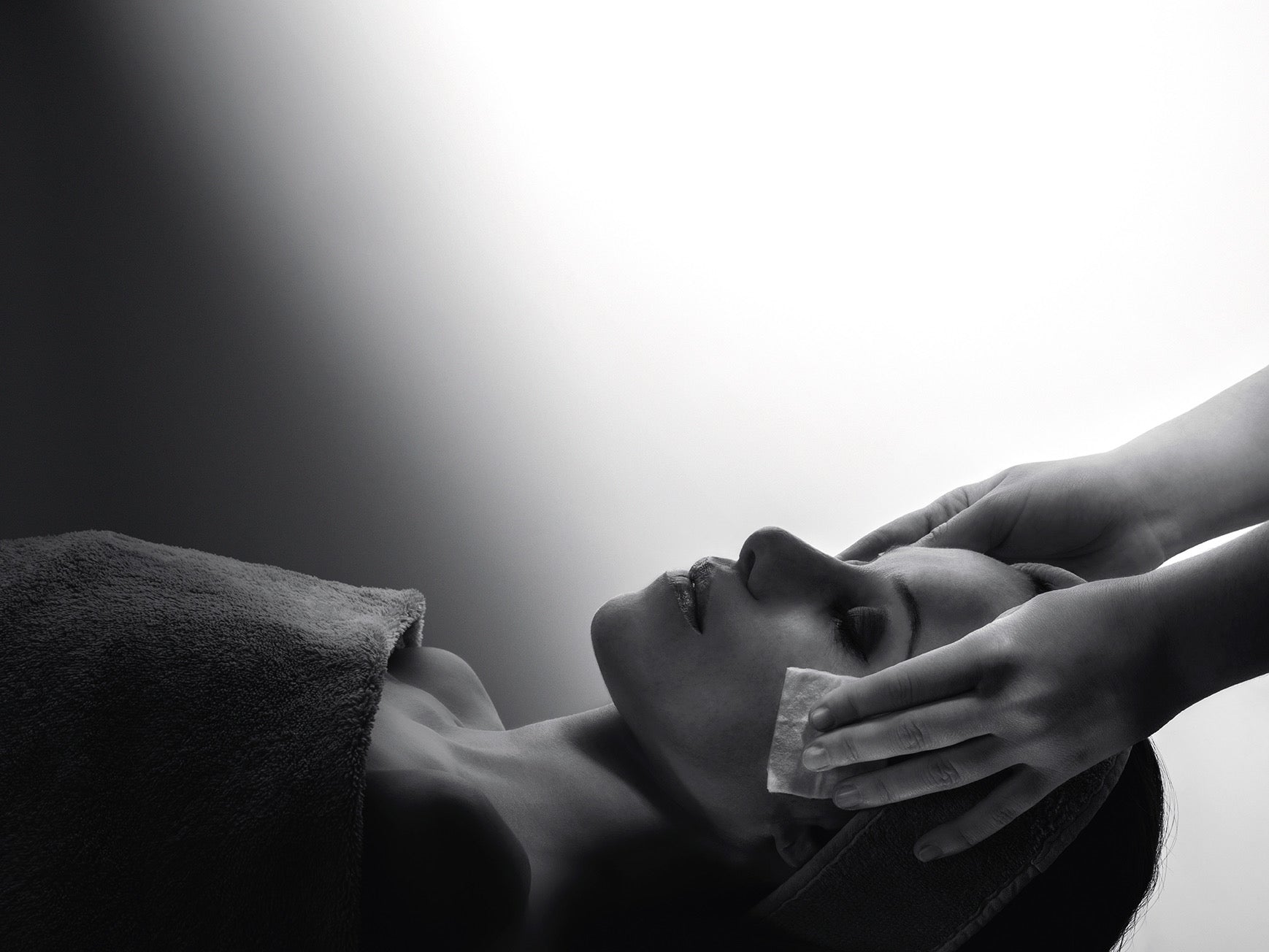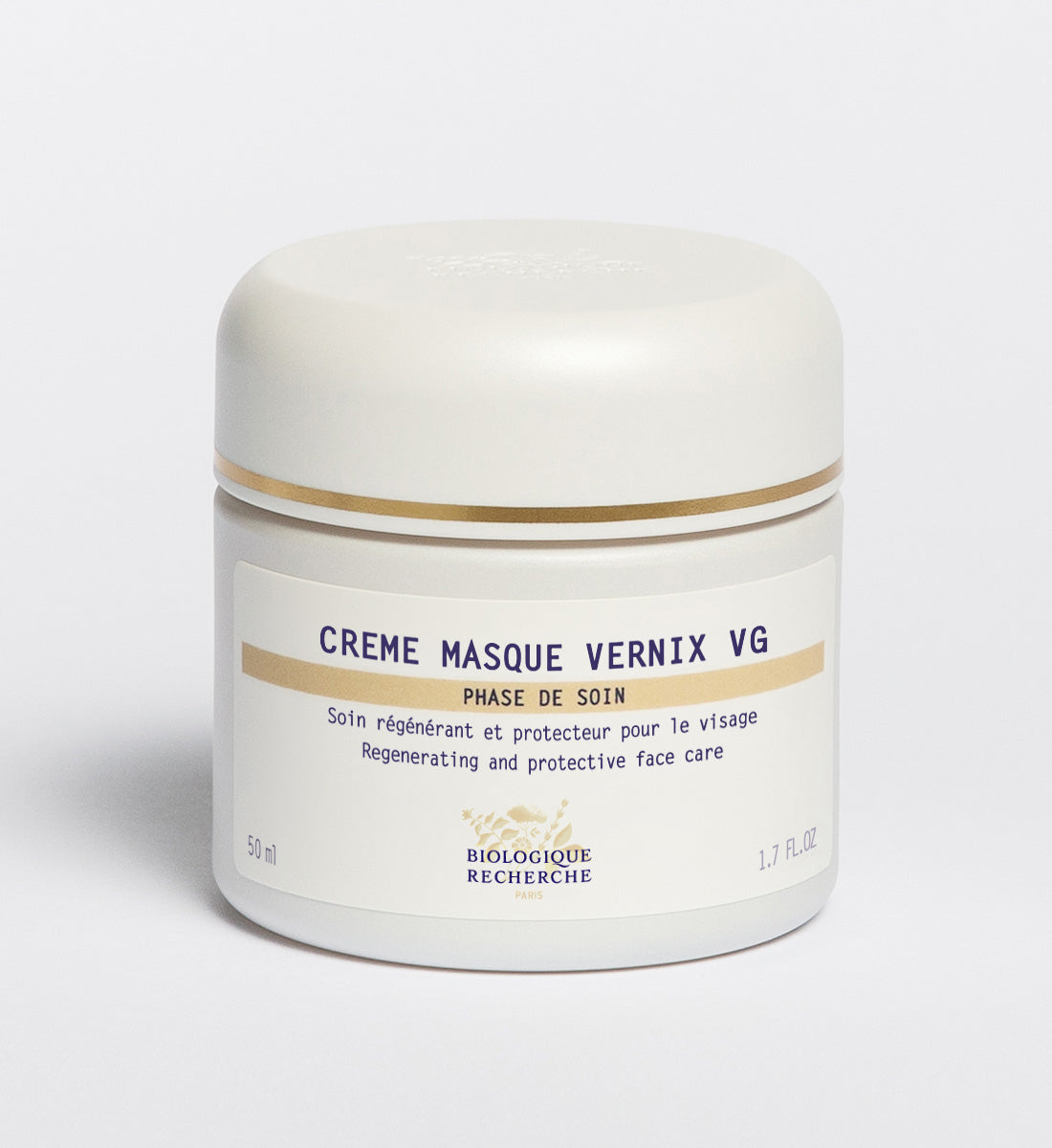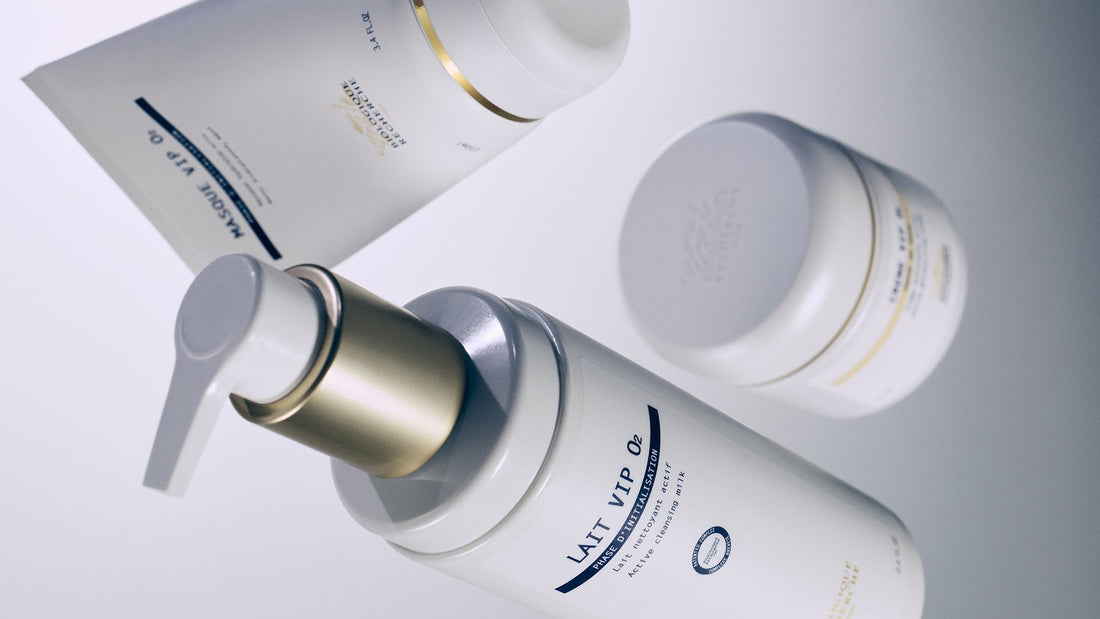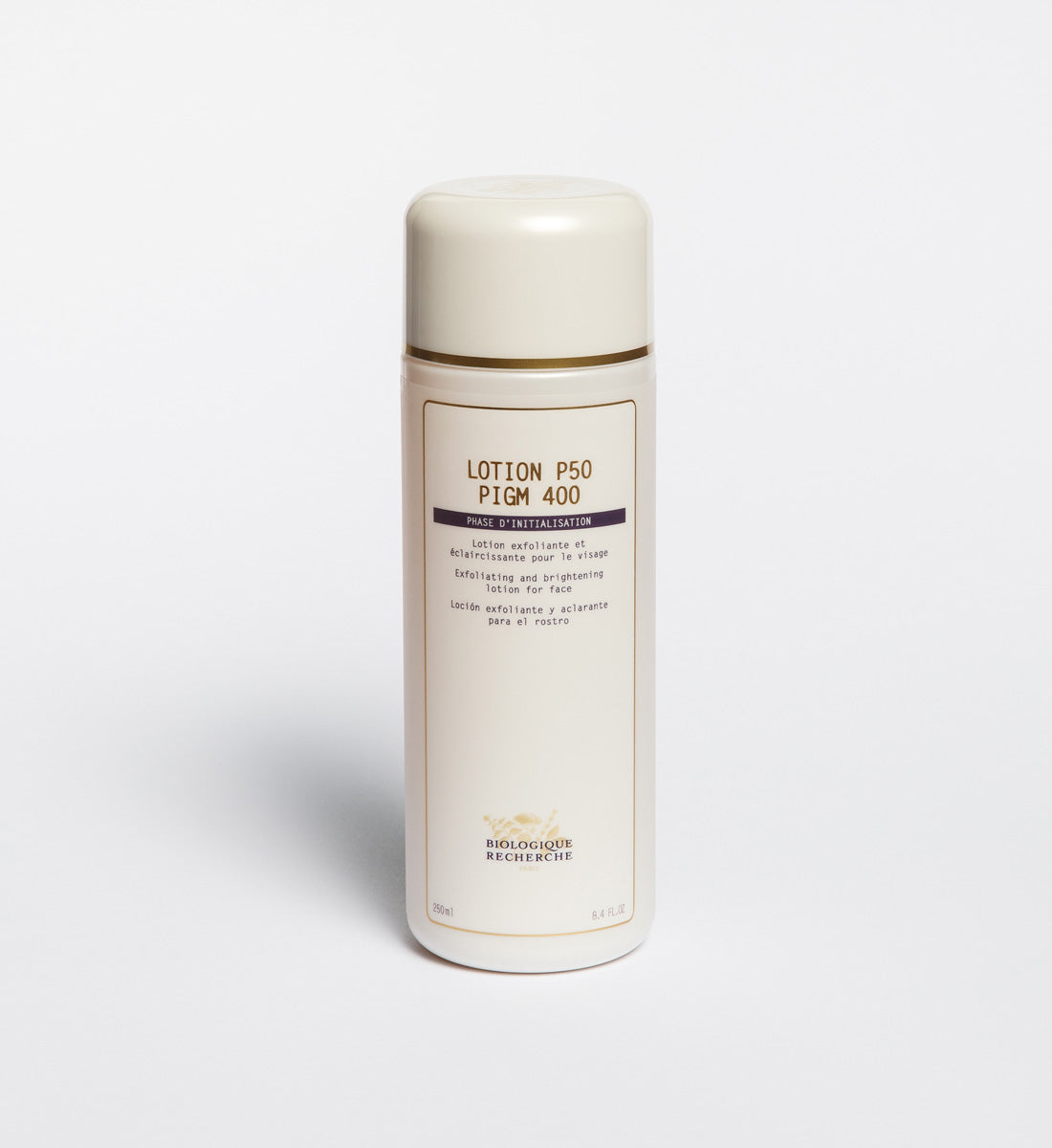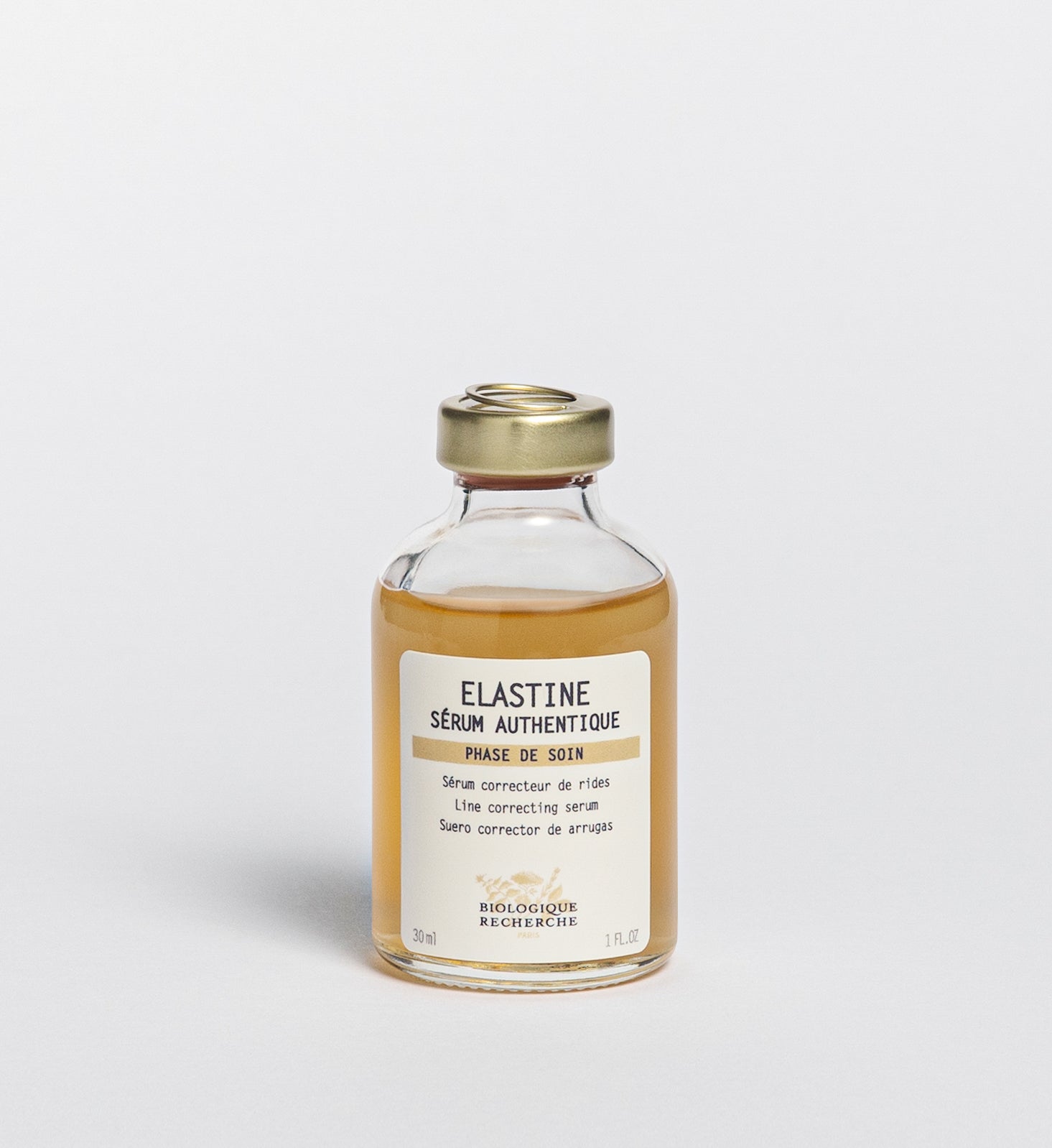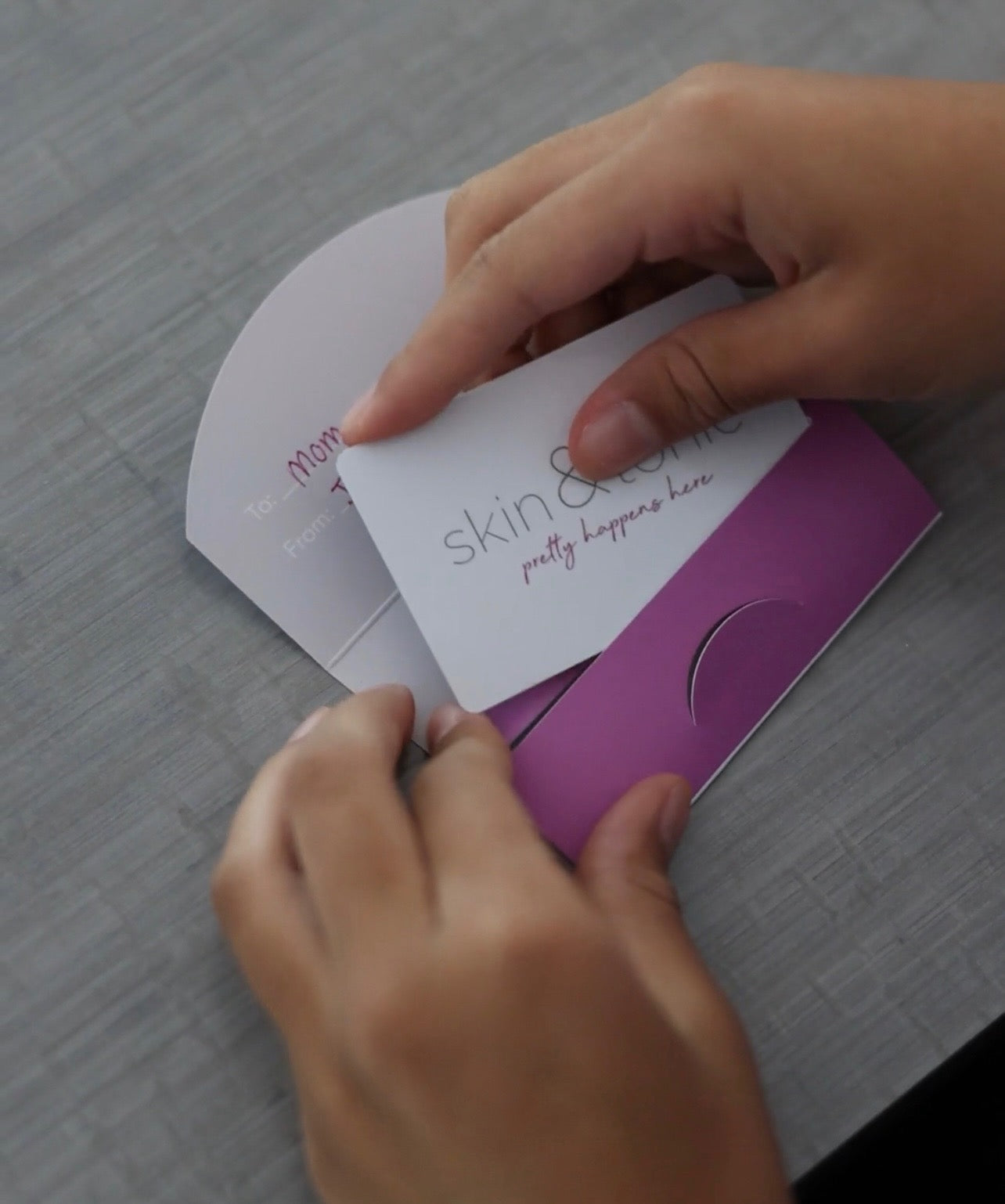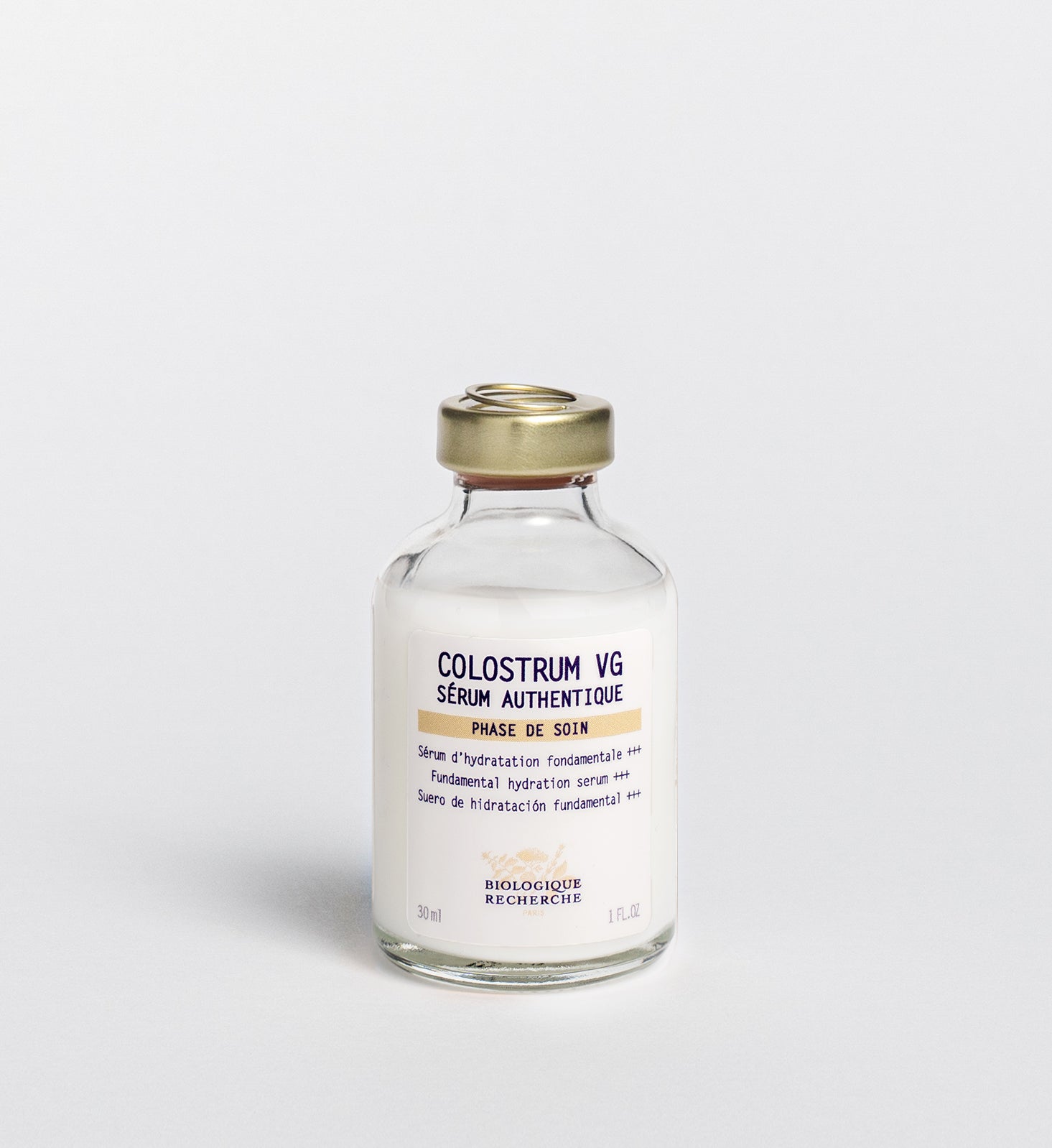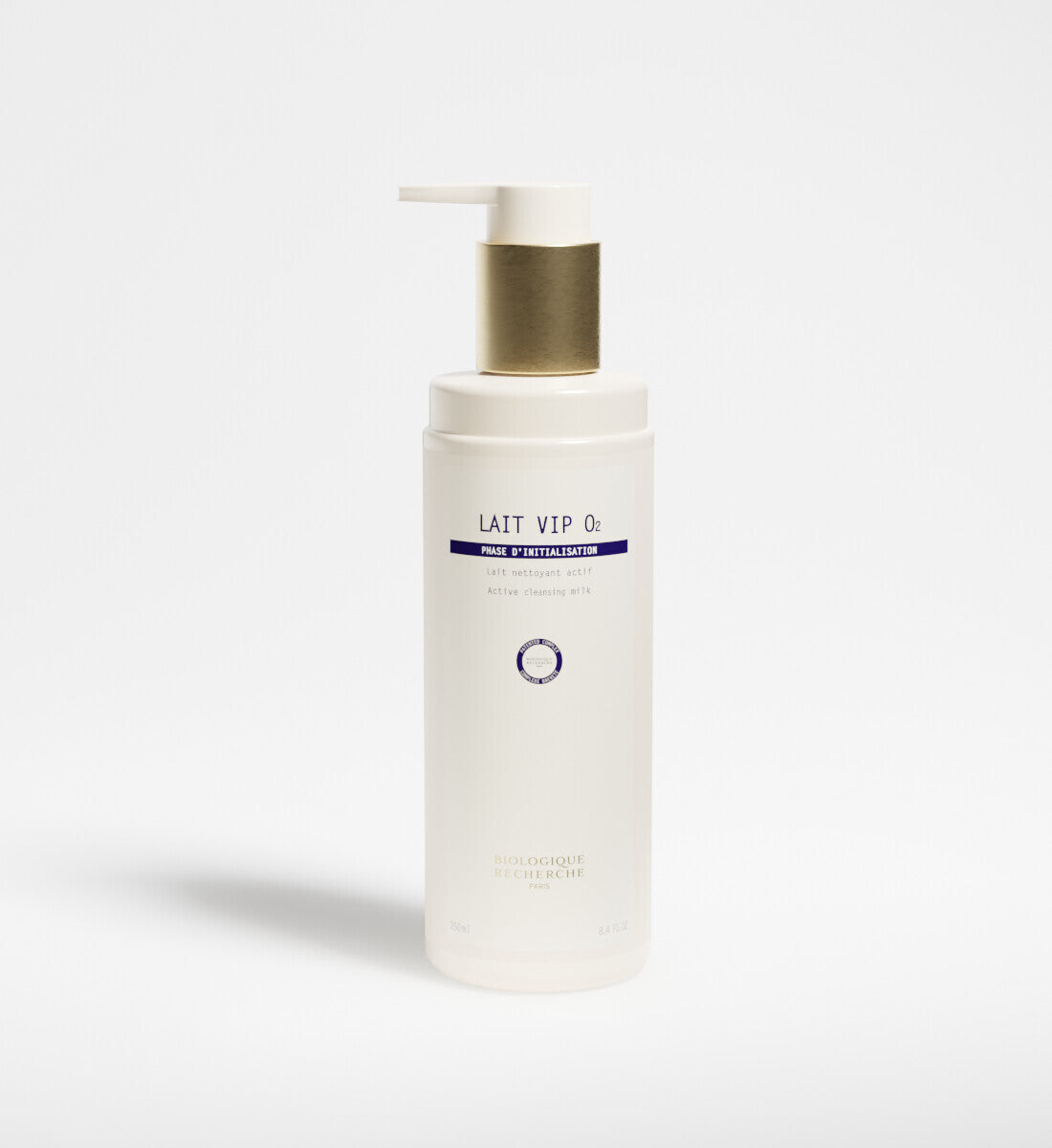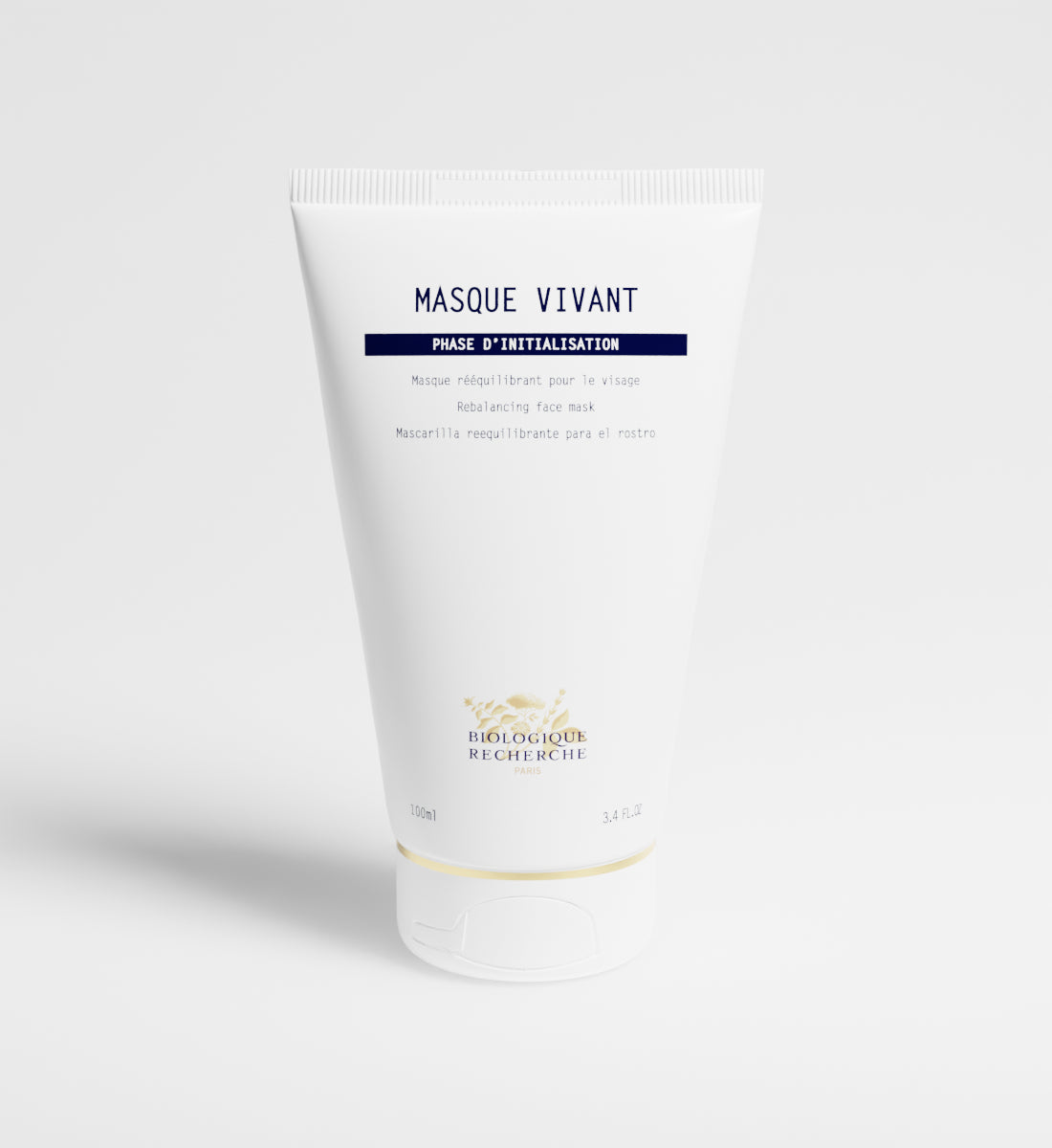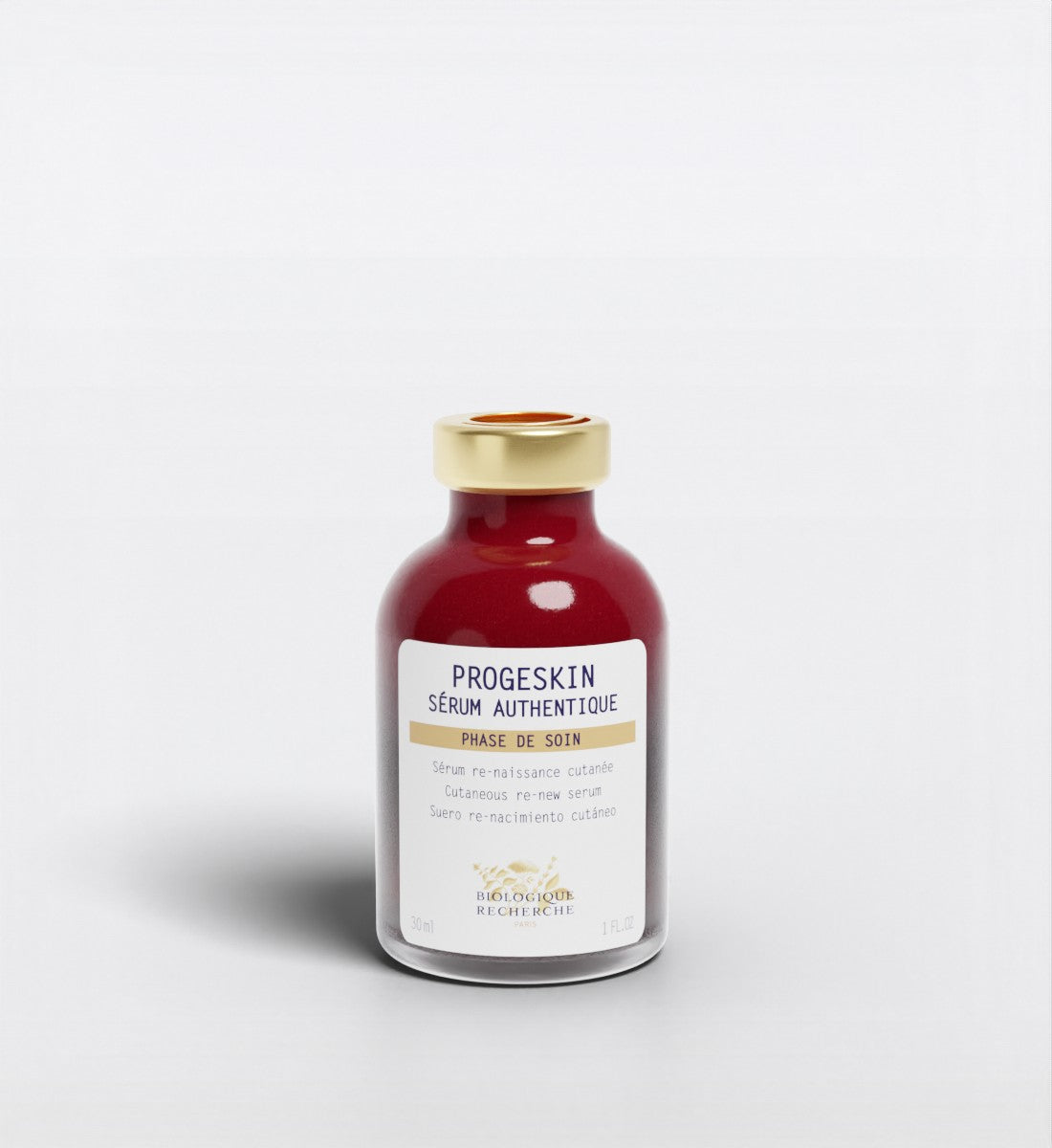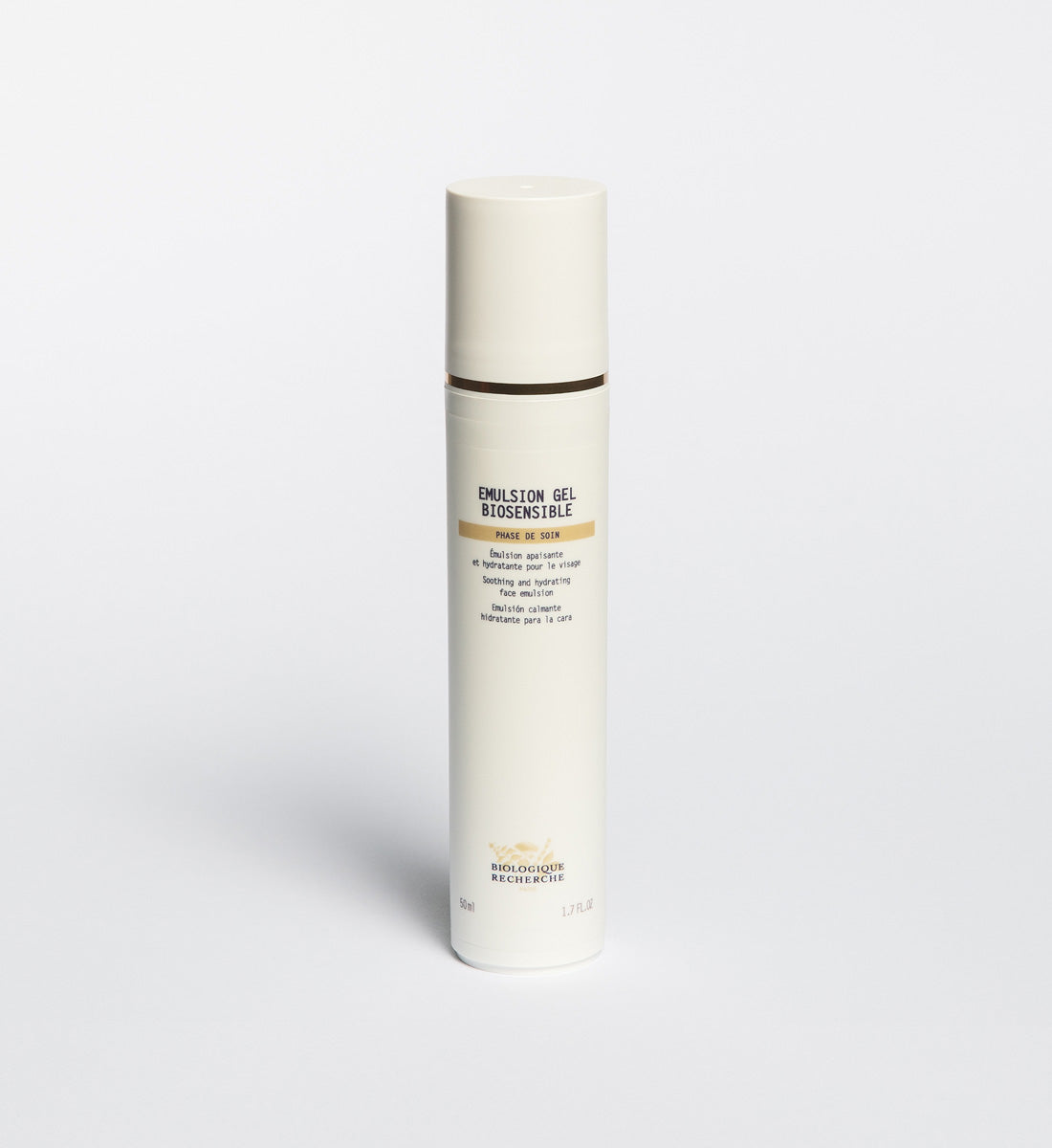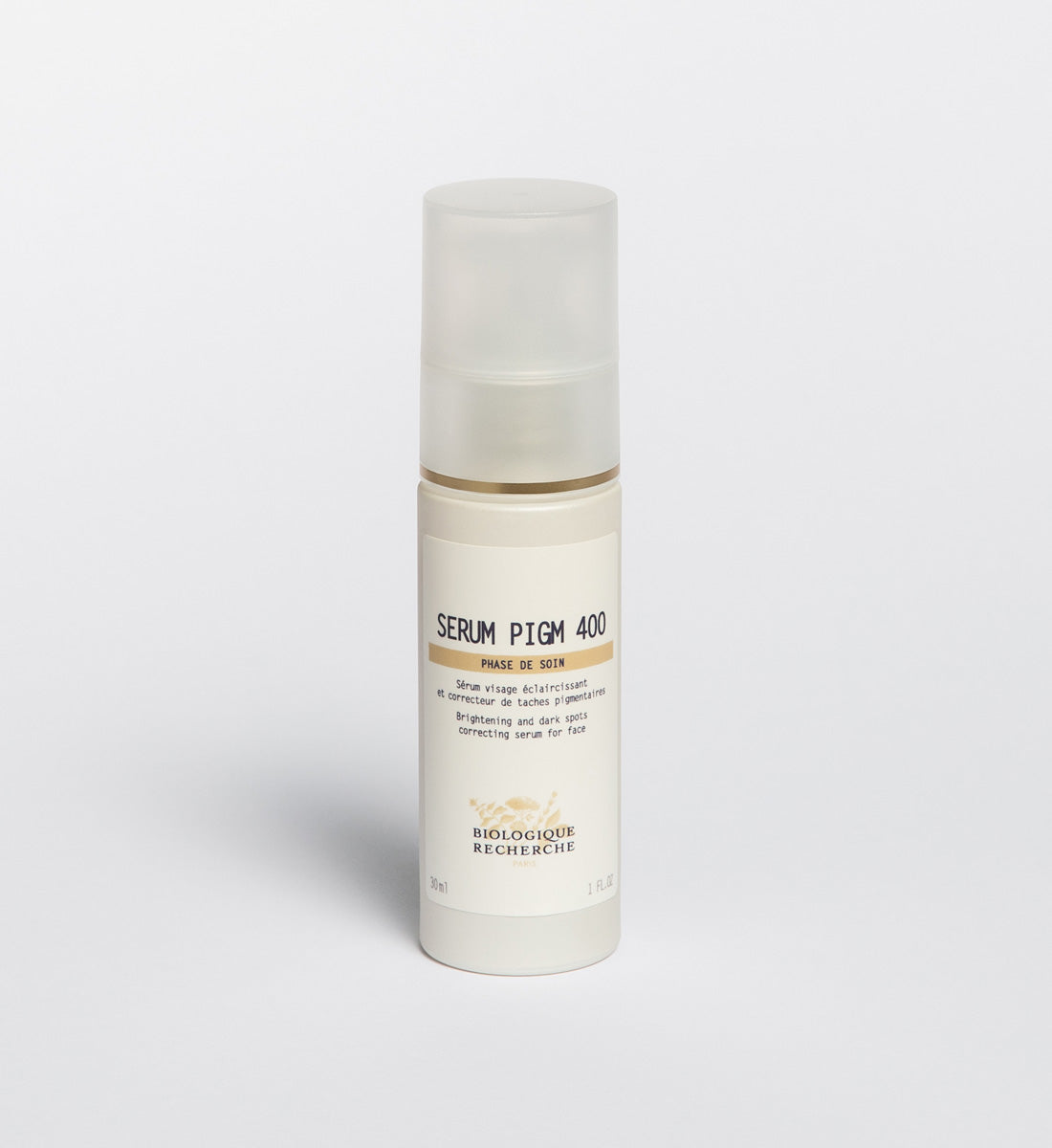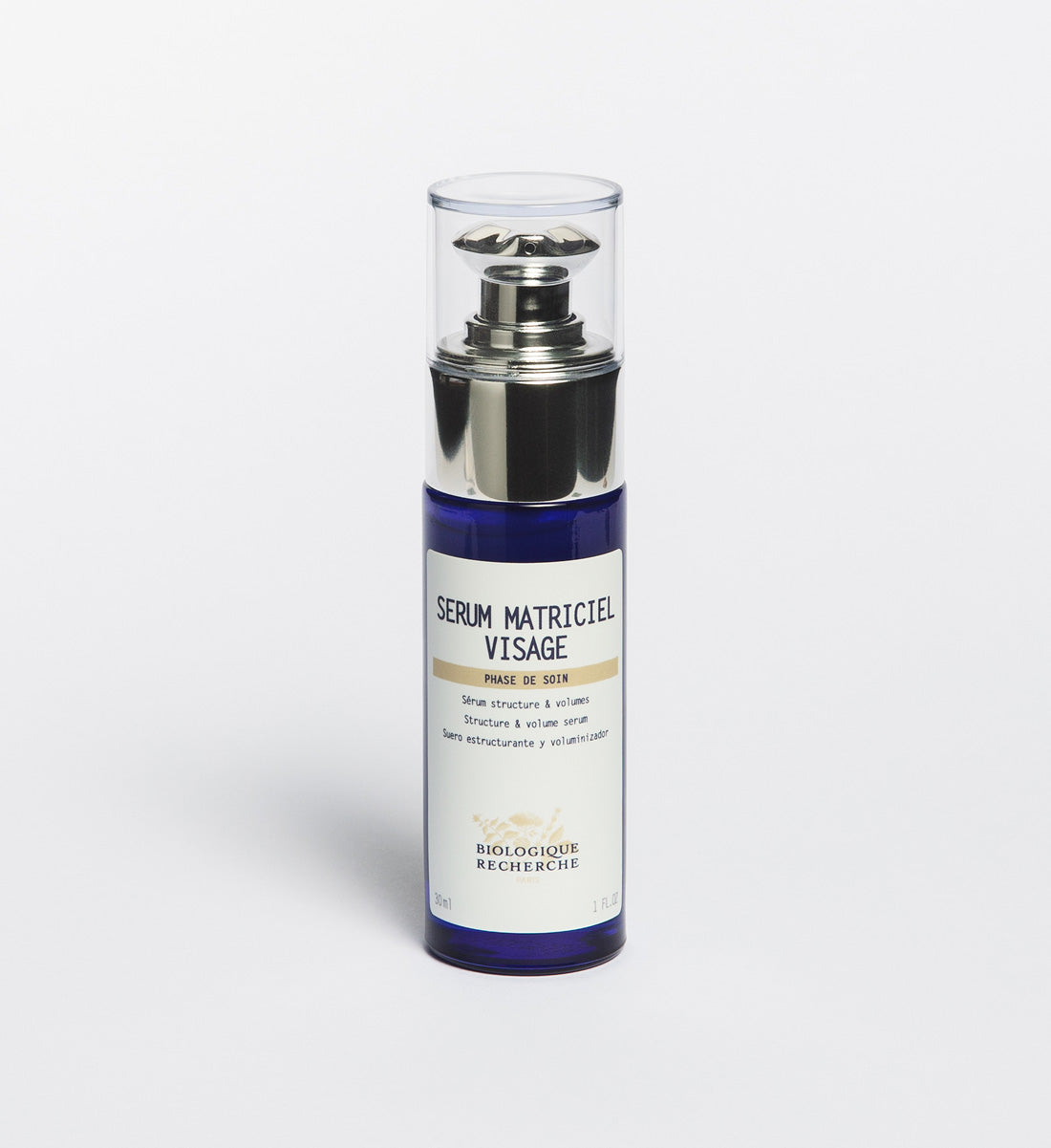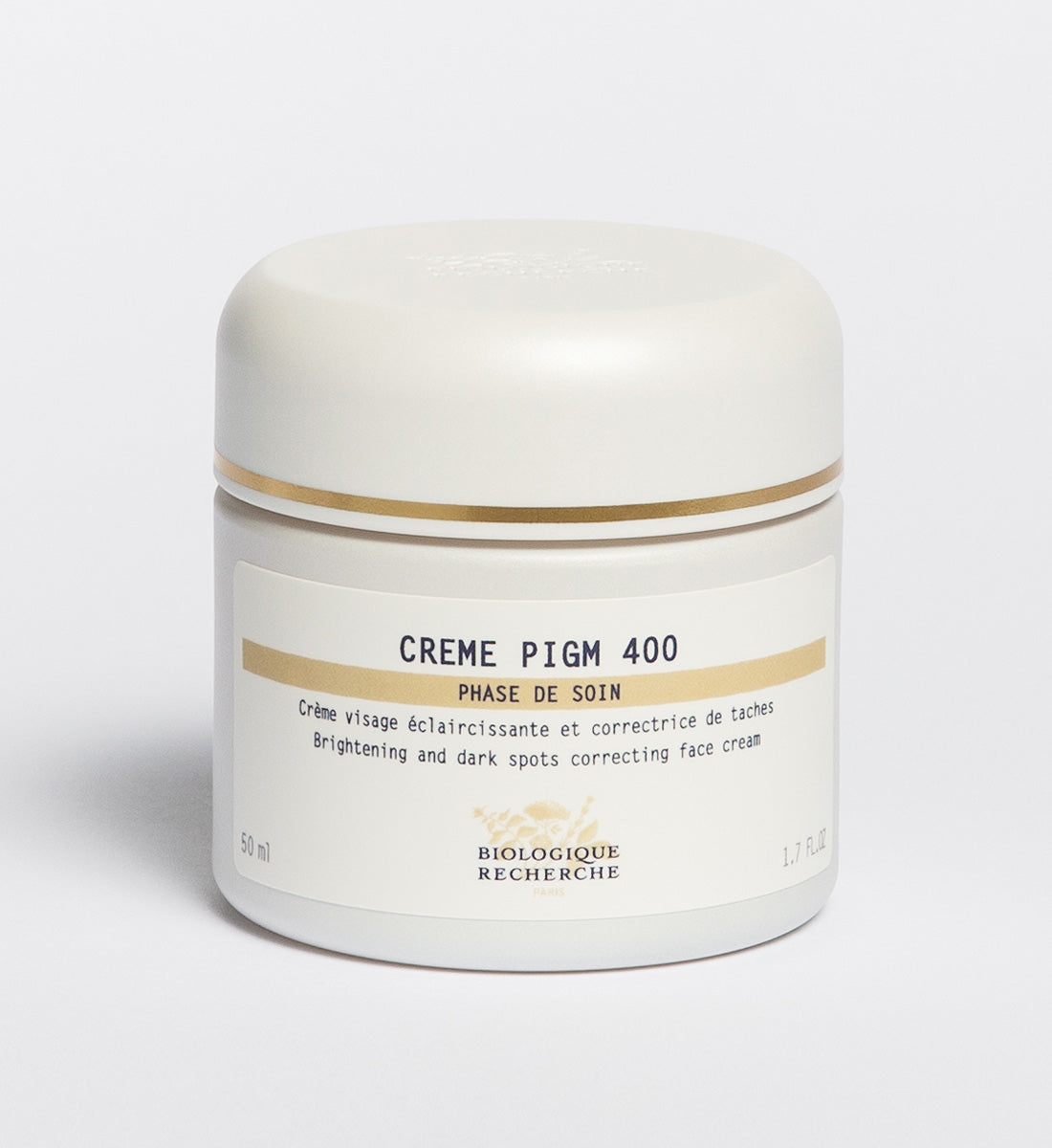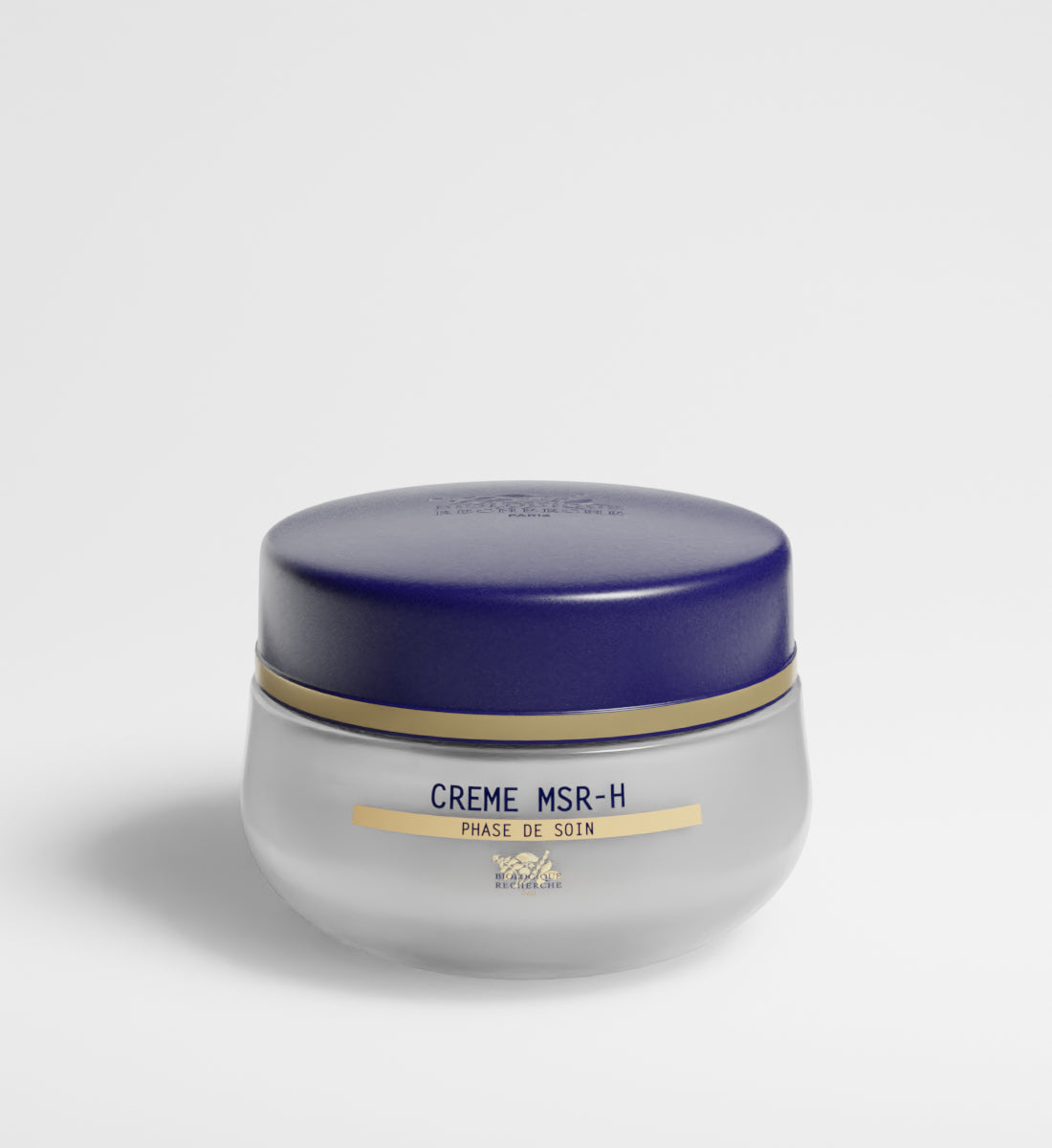In the ever-expanding world of skincare, knowing which products to use—and in what order—can feel like deciphering an ancient manuscript. Among the trickiest steps to get right? Toner and exfoliator.
Do you exfoliate first and then tone? Or should toner come first, prepping the skin before exfoliation? The answer isn’t as straightforward as you might think, and getting it wrong could mean irritation, dryness, or even an impaired skin barrier.
So, if you’re after that healthy, lit-from-within glow (without compromising your skin’s integrity), let’s break it down like a true skincare insider.
Understanding the Basics: What Do Toners and Exfoliators Actually Do?
A well-structured skincare routine isn’t just about using the right products—it’s about using them in the right way. Toners and exfoliators play essential roles in prepping the skin, but they serve distinct purposes. Knowing how these two products function—and how to layer them properly—can make all the difference in achieving healthy, radiant skin. Let’s break down their unique benefits.
Toners: The Post-Cleanse Essential
Once upon a time, toners were nothing more than astringent, alcohol-laden solutions designed to strip away oil. Thankfully, modern toners have evolved into sophisticated multi-taskers.
Today’s formulations are packed with hydrating ingredients (like hyaluronic acid and glycerin), soothing botanicals, and even mild exfoliating acids. Their job? To balance your skin’s pH after cleansing, remove any lingering debris, and prep your face for serums and moisturizers.
But not all toners are created equal. Some are hydrating and soothing, while others—like the cult-favorite Biologique Recherche Lotion P50—double as an exfoliant. (More on that later.)
Exfoliators: The Glow-Boosting Game Changer
Exfoliation is non-negotiable for a radiant, smooth complexion. But how you exfoliate matters just as much as how often you do it.
There are two primary types of exfoliators:
-
Physical Exfoliants – These contain tiny granules (like sugar, crushed seeds, or microbeads) that manually buff away dead skin cells. They can be effective but risk being too harsh, leading to microtears in the skin.
-
Chemical Exfoliants – These use acids to dissolve the bonds between dead skin cells, allowing them to shed more evenly. The most common ones include:
- AHAs (Alpha Hydroxy Acids) – Like glycolic and lactic acid, ideal for dry or dull skin.
- BHAs (Beta Hydroxy Acids) – Like salicylic acid, best for oily and acne-prone skin.
Unlike physical scrubs, chemical exfoliants work at a deeper level, making them a favorite among dermatologists and skincare experts.
Which Comes First: Exfoliator or Toner?
Now, the real question—do you exfoliate before toning, or vice versa?
The general consensus among dermatologists and skincare experts is this:
- Cleanse – Removes dirt, oil, and makeup.
- Exfoliate – Whether physical or chemical, this step removes dead skin cells, allowing better absorption of subsequent products.
- Tone – Helps restore pH balance and replenish hydration, ensuring your skin isn’t left dry or irritated.
Why this order? Exfoliating clears the way for all your other products to work more effectively. Applying toner afterward ensures your skin stays hydrated and soothed post-exfoliation.
But, there are exceptions to the rule:
- If your toner contains exfoliating acids (like AHAs or BHAs), skip a separate exfoliator altogether to prevent over-exfoliation.
- If your exfoliant is particularly strong (like a high-percentage glycolic peel), you might want to skip toner to avoid excessive irritation.
How Biologique Recherche Lotion P50 Fits In
You can’t talk about toners and exfoliators without mentioning the legendary Biologique Recherche Lotion P50. This Parisian cult classic has been a skincare insider's secret for decades, often hailed as the gold standard of exfoliating toners. Beauty editors, facialists, and celebrities swear by its transformative effects, calling it nothing less than a “facial in a bottle.”
But what exactly makes it so special?
What’s Inside: The Powerhouse Formula
Lotion P50 is more than just an ordinary toner—it’s a multi-tasking skin perfector. Unlike traditional toners that focus solely on hydration or pH balance, P50 is formulated to exfoliate, purify, balance, and fortify the skin barrier all at once.
Here’s a closer look at its key ingredients and their benefits:
- Alpha Hydroxy Acids (AHAs) – Glycolic, Lactic & Citric Acid
- These gentle yet effective acids work on the surface of the skin to dissolve dead skin cells, revealing a brighter, smoother complexion.
- Beta Hydroxy Acid (BHA) – Salicylic Acid
- This oil-soluble acid penetrates deep into pores, unclogging them and preventing breakouts—making it a game-changer for oily and acne-prone skin.
- Polyhydroxy Acids (PHAs) – Gluconolactone
- A gentler exfoliant compared to AHAs and BHAs, PHAs provide hydration while promoting skin renewal, making P50 suitable for even sensitive skin types.
- Niacinamide (Vitamin B3)
- A powerhouse ingredient that brightens, reduces inflammation, and strengthens the skin barrier, helping to calm irritation caused by exfoliation.
- Sulphur & Vinegar Extracts
- These help purify and rebalance the skin, reducing excess oil and improving overall texture.
The result? A revitalized, refined, and radiant complexion—all without the need for an additional exfoliator.
How to Use Lotion P50 Properly
Because Lotion P50 is both a toner and an exfoliator, it eliminates the need for a separate exfoliation step. However, its potency means it must be used strategically and with care.
Step-by-Step Application Guide:
- Start with a Clean Face – Gently cleanse your skin with a mild, non-stripping cleanser to remove makeup, dirt, and oil.
- Dampen a Cotton Pad (or Use Hands for Sensitive Skin) – Pour a few drops of Lotion P50 onto a cotton pad. If your skin is particularly sensitive, you can press it into damp skin with your hands to minimize irritation.
- Press, Don’t Rub – Lightly pat the product onto your face, starting from the forehead and working your way down. Avoid the delicate eye area.
- Follow Up with Hydration – After P50 has been absorbed, apply a hydrating serum (such as hyaluronic acid) and finish with a moisturizer to lock in hydration and soothe the skin.
Pro Tips for Using Lotion P50
- Ease Into It: If you’re new to exfoliating acids, start by using Lotion P50 every other night before gradually increasing to once or twice daily, depending on your skin’s tolerance.
- Expect a "Tingling" Sensation: A mild tingling or stinging feeling is normal when you first use P50. This means the acids are working! However, if you experience redness, peeling, or excessive irritation, scale back usage.
- Avoid Mixing with Other Exfoliants: Since P50 already contains a cocktail of exfoliating acids, do not use additional chemical exfoliants (like glycolic peels or salicylic acid serums) on the same night to prevent over-exfoliation.
- Pair with SPF: Like all exfoliating products, P50 increases skin sensitivity to the sun. Always follow up with a zinc-based sunscreen (SPF 30 or higher) during the day to protect your fresh, new skin.
Key Considerations for Your Skin Type
Not all skin types react the same way to exfoliation and toning, which is why it’s essential to choose the right products and frequency based on your individual needs. Over-exfoliating or using the wrong toner can disrupt your skin barrier, leading to irritation, dryness, or breakouts. The goal is to maintain balance—removing dead skin cells without stripping away essential moisture. Whether you have sensitive, oily, or dry skin, here’s how to tailor your routine for the best results.
1. If You Have Sensitive Skin
- Opt for a gentle chemical exfoliant (like lactic acid) once or twice a week.
- Choose an alcohol-free, hydrating toner with calming ingredients like rose water or chamomile.
- Avoid using strong exfoliators and exfoliating toners together.
- Lotion P50W is the most gentle formula, designed for sensitive skin. It provides mild exfoliation while soothing and hydrating.
2. If You Have Oily or Acne-Prone Skin
- BHAs (like salicylic acid) are your best friend, helping to unclog pores and prevent breakouts.
- A clarifying toner with witch hazel or niacinamide can help control oil production.
- You might benefit from using a mild exfoliator more frequently (2-3 times a week).
- Lotion P50 is formulated for normal to oily skin, balancing excess sebum, exfoliating dead skin cells, and promoting a clearer complexion.
3. If You Have Dry or Dehydrated Skin
- Limit exfoliation to 1-2 times per week to avoid further dryness.
- Use a hydrating toner with glycerin and hyaluronic acid after exfoliating to replenish lost moisture.
- Avoid harsh physical scrubs, which can exacerbate dryness.
- Lotion P50V is enriched with vitamins and designed for dry or mature skin, offering hydration and gentle exfoliation to maintain skin balance.
Final Verdict: Finding the Right Balance Between Toners & Exfoliators
Striking the perfect balance between exfoliation and toning is essential for maintaining a healthy, radiant complexion. Rather than layering products indiscriminately, it’s important to understand your skin’s needs and the formulations you’re using. If your toner already contains exfoliating acids, there’s no need for a separate exfoliator—overloading your skin can lead to irritation and compromise its natural barrier. The key is to enhance your routine without overwhelming your skin, ensuring it remains balanced, hydrated, and resilient.
For those looking to incorporate Lotion P50 or other Biologique Recherche products, skin&tonic is an authorized partner offering expert guidance on selecting the right formula for your skin type. With a thoughtful approach, you’ll achieve smooth, glowing skin—without the risk of overdoing it.


